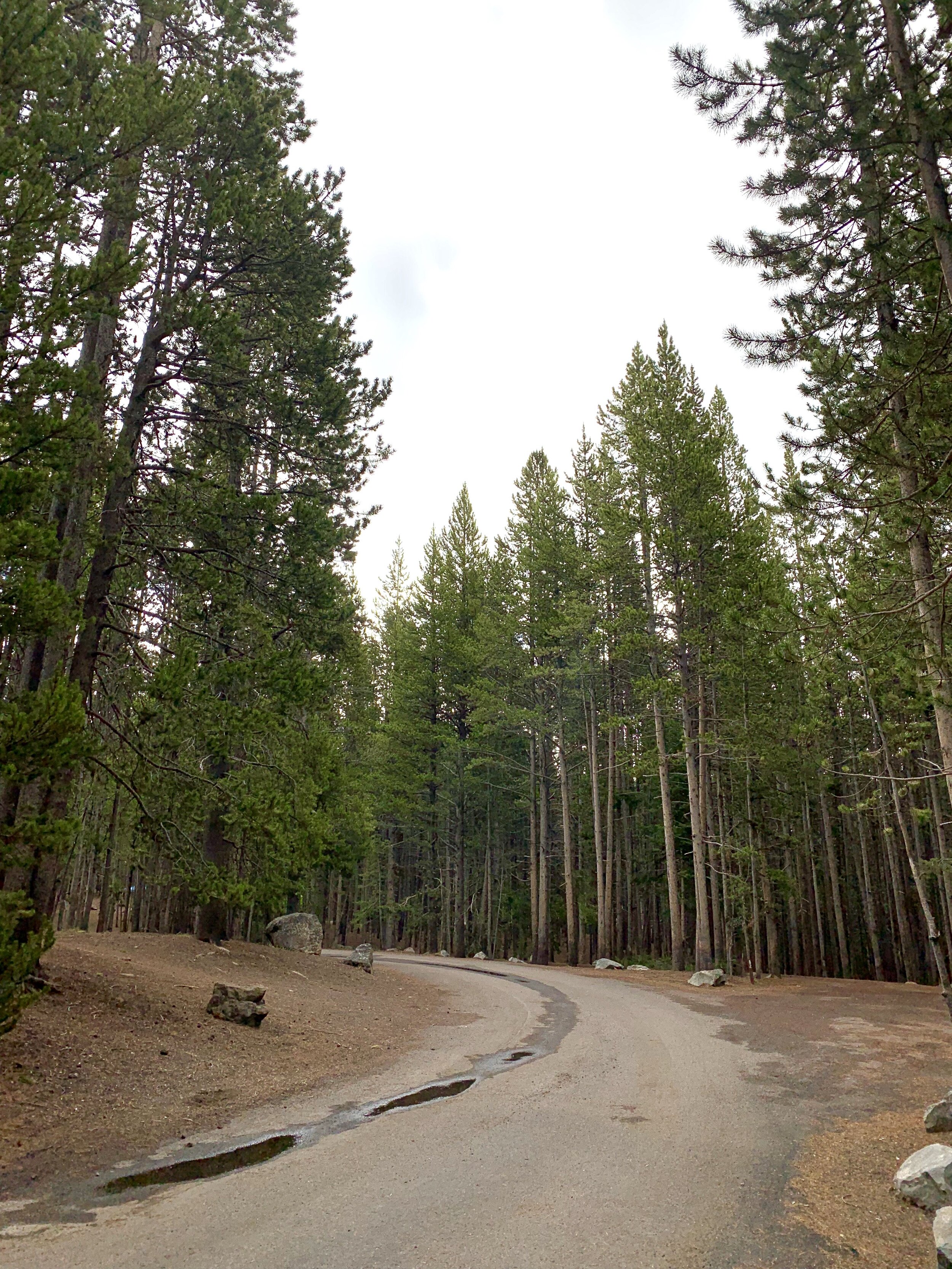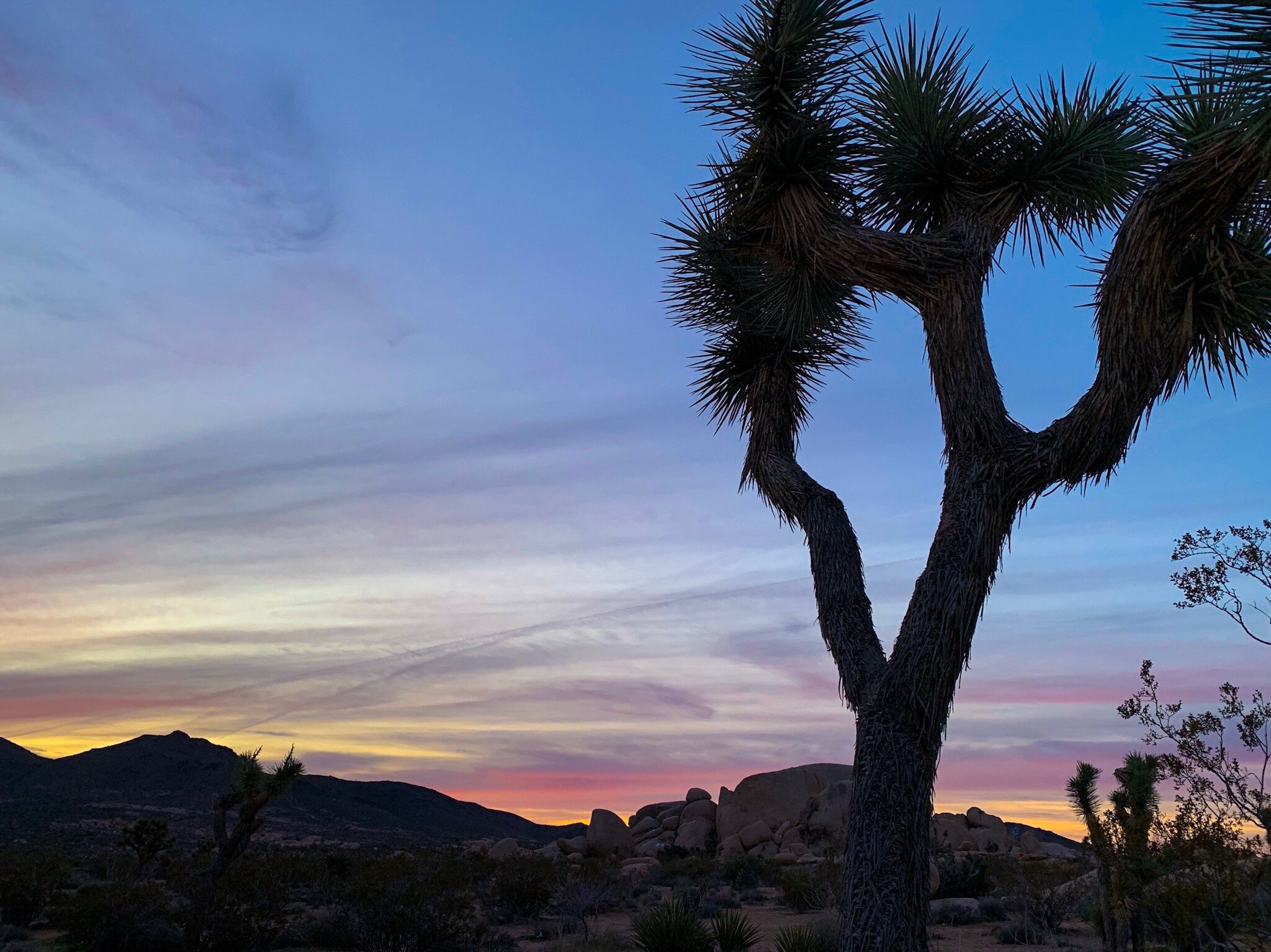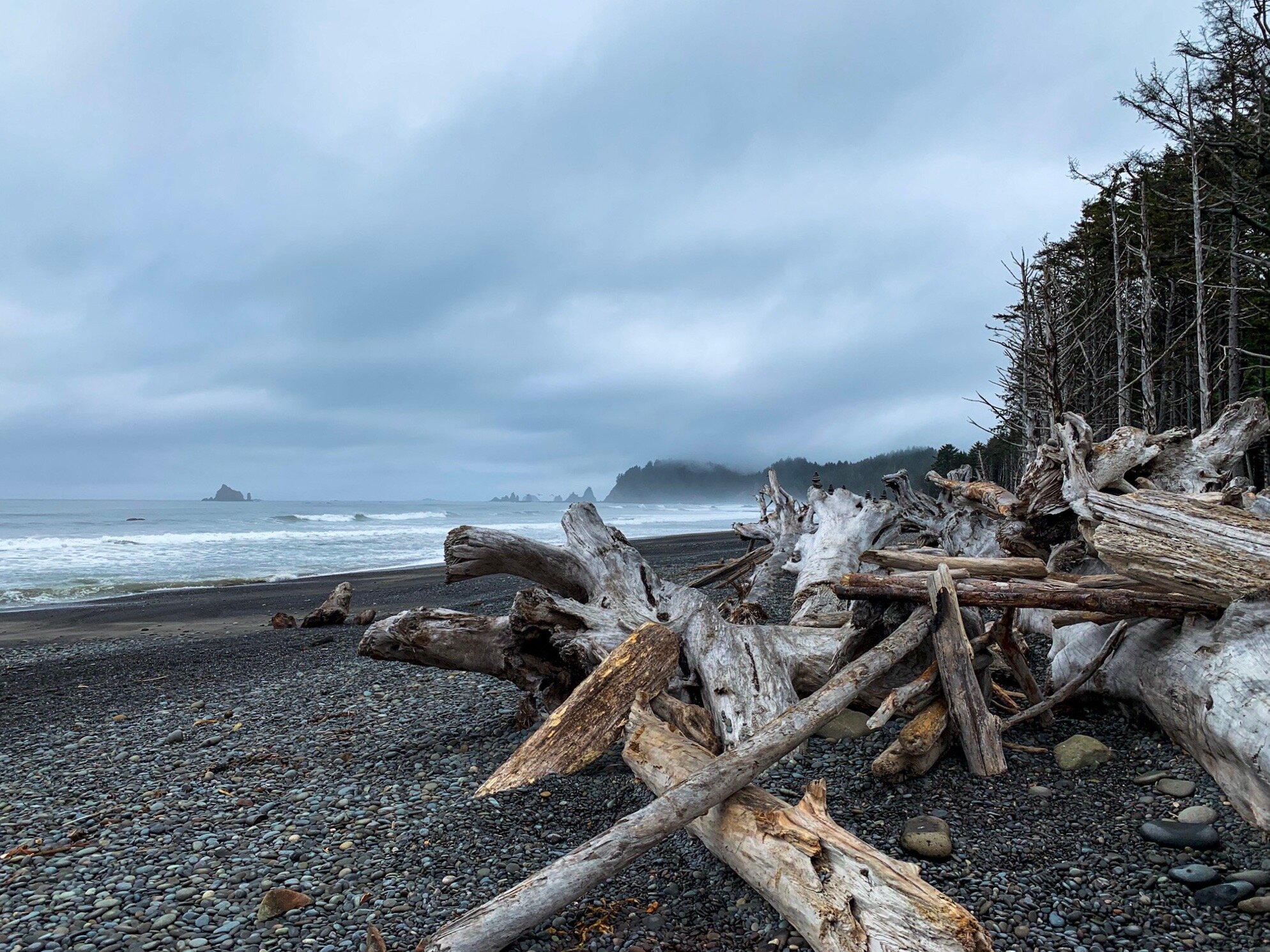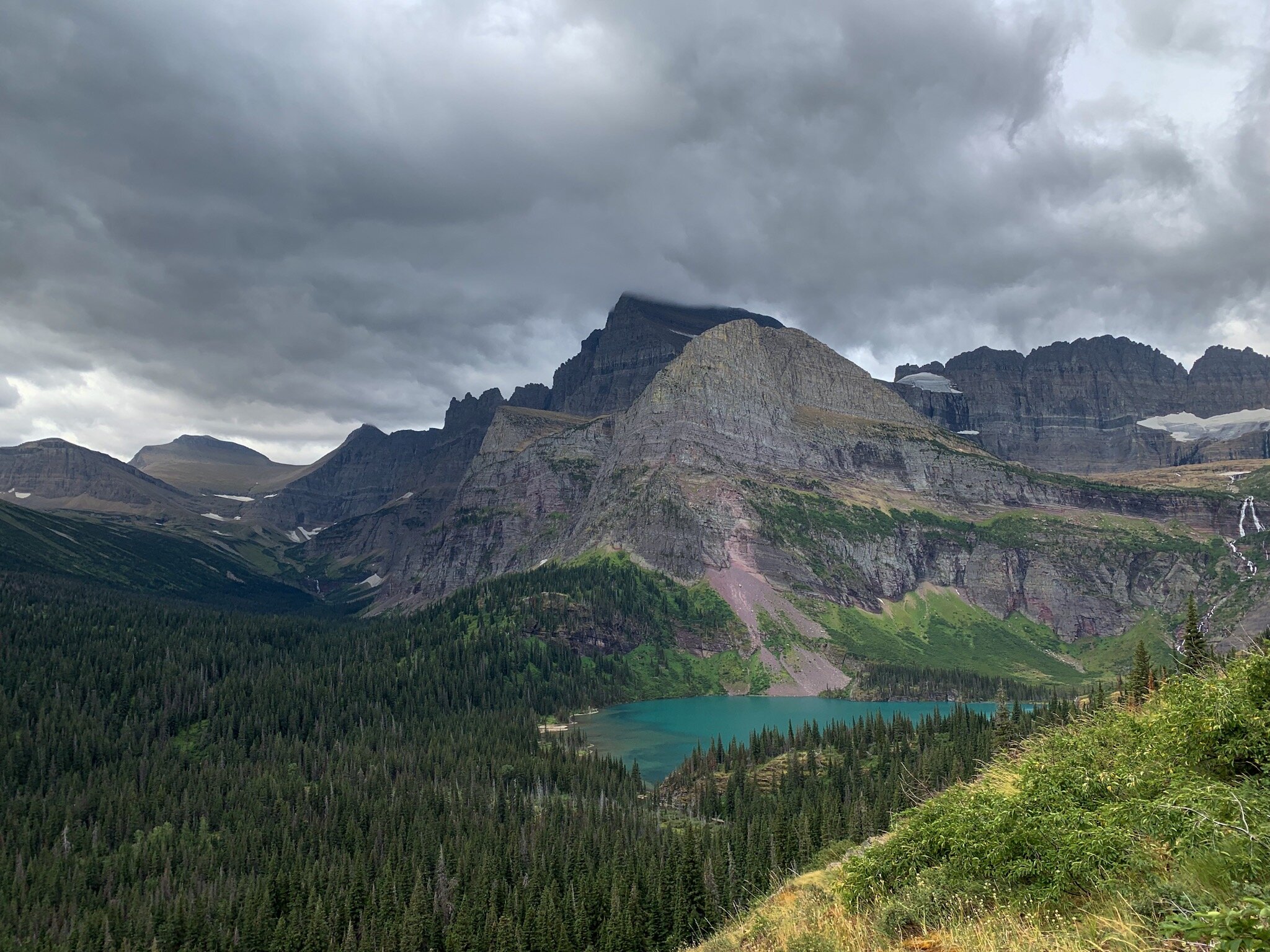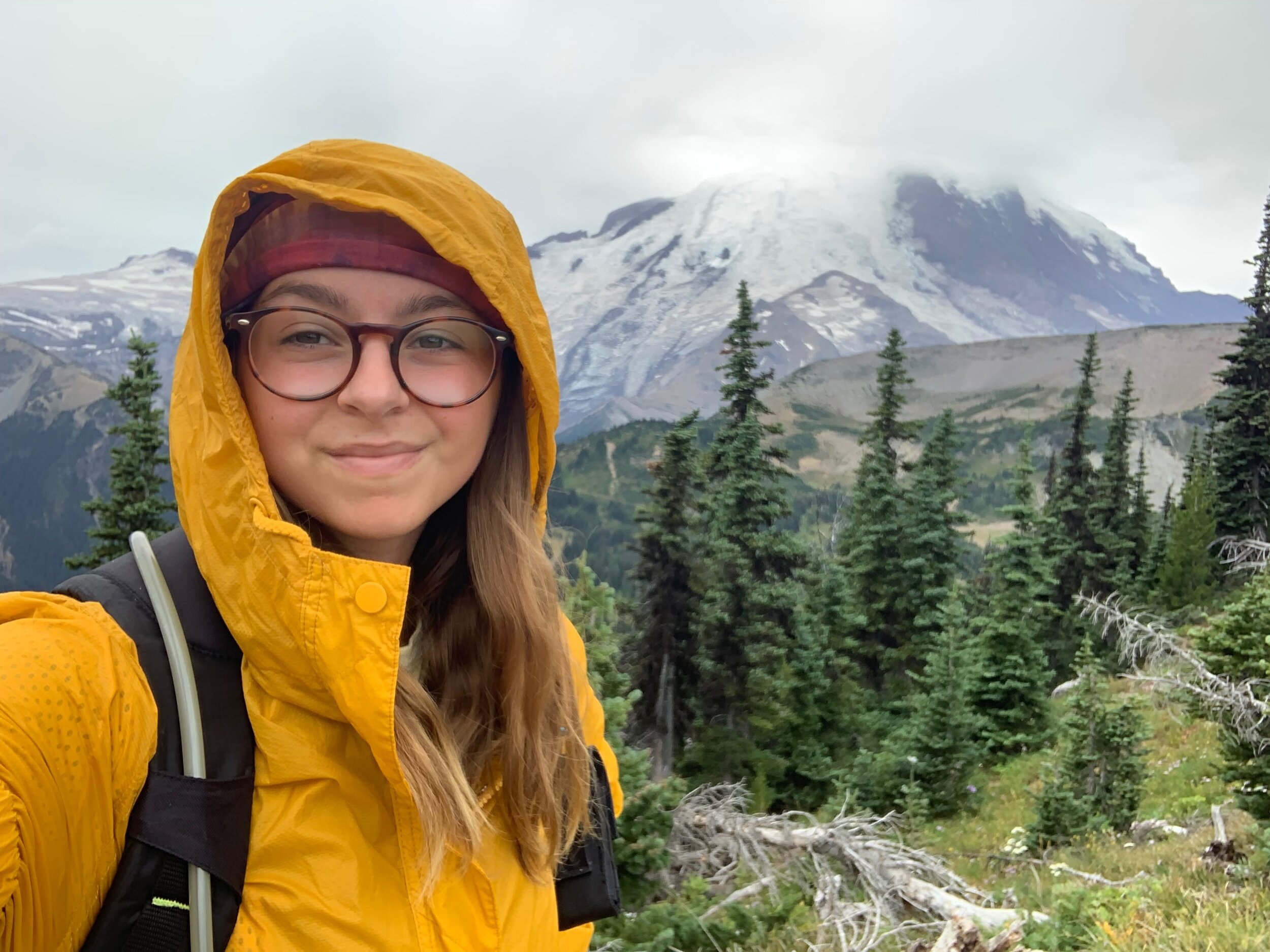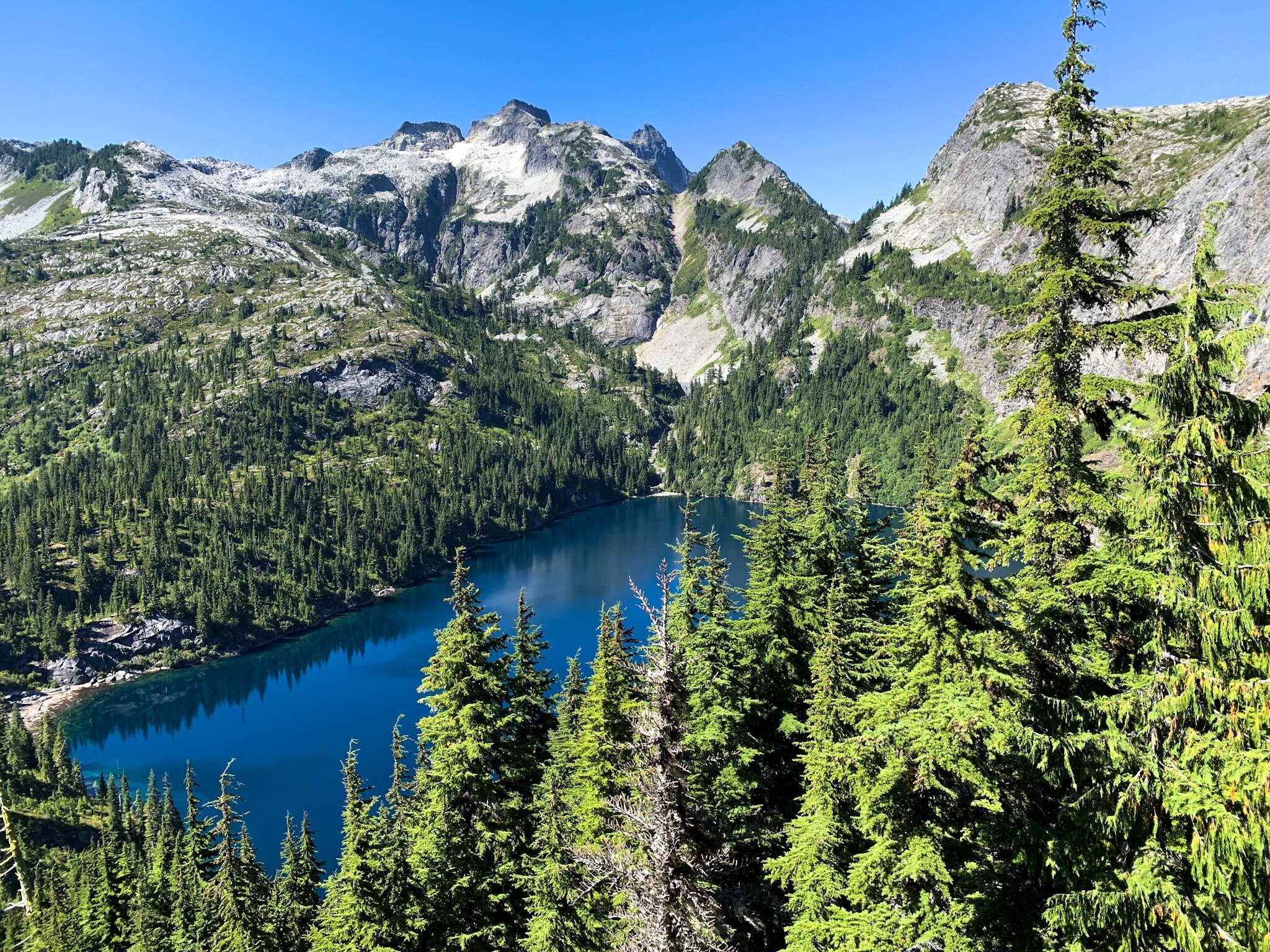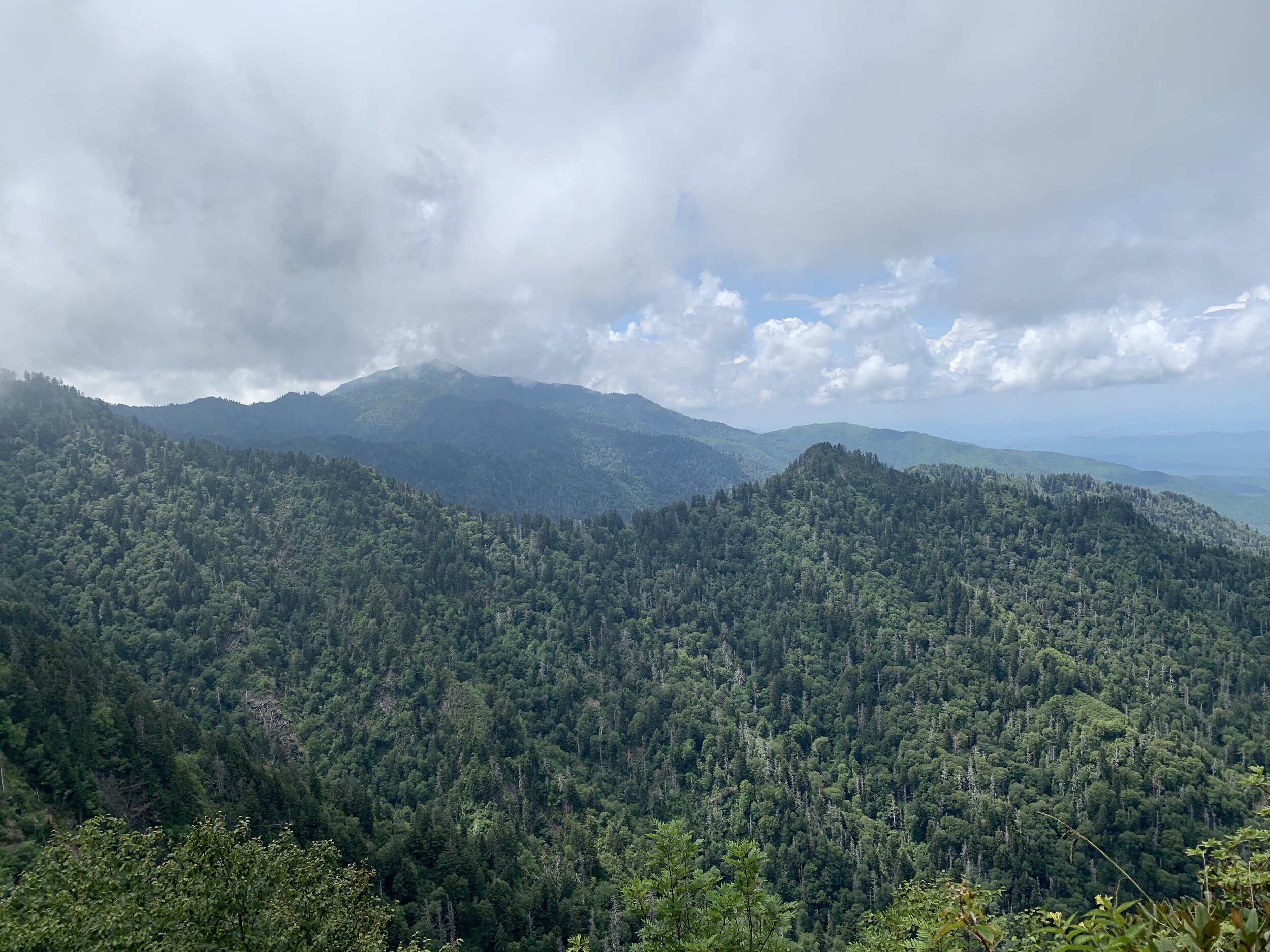If you’ve been following my journey, you’ll know that I’ve spent some time in my home city of Los Angeles since completing my 3 month road trip earlier in the fall while I transition to vanlife. I used to strongly dislike my home because the cities were all I knew. I was used to visiting LACMA in the city, the pier in the other city, and the Pantages Theater in the other other city.
If you’ve read My Journey, you’ll know my National Park obsession and love for hiking didn’t start until I was already living somewhere else for university, and since being back temporarily, I’ve managed to pretty much completely avoid visiting the city at all. While this might seem impossible, the trick is in the mountains.
Now, you might be thinking, “what mountains?” because usually, when we think of mountains in Southern California, we picture the snow capped peaks of the Big Bear and Arrowhead area, or even the almost constantly cold Mammoth Mountain. We think of Baldy and Whitney, but never do we picture the Santa Monicas.
View from the trail to Eagle Rock in Topanga State Park
The Santa Monica Mountains are a strange type of mountain. Their flora almost mirrors that of the nearby desert, and they’re home to mountain lions, coyotes, and rattlesnakes. But they’re also home to the canyons that connect the Valley to the beaches. They’ve been the site of multiple wildfires in recent years, and with their recent regrowth, they’ve regained their status as the go-to hiking spot for city dwellers. The Santa Monica Mountains are a National Recreation Area, run by the National Park Service, and they include multiple state parks, as well as Malibu’s famous beaches.
It’s entirely possible to visit Los Angeles and never even venture as far south as Hollywood, and even if you’re a city lover, it never hurt to take a day to explore your destination’s natural areas, get some fresh air, and realize that maybe, there’s much more to a place than what you see on TV.
Malibu Creek State Park
State Parks
Two iconic state parks in the SM Mountains area are Malibu Creek and Topanga. Both offer miles of hiking trails and stunning views of the mountains. Both do offer campgrounds, but only Malibu Creek has frontcountry camping.
Malibu Creek was actually the first place I ever camped as a young child, and it has a great family friendly environment, and plenty of short and easy trails. One of the longer trails you can do in Malibu Creek is the Malibou Lake Trail, which adds up to be about 7 miles total, offering expansive views of the mountains, and includes a creek crossing. You’ll also pass through the famous MASH site (pictured below), so even though you’re avoiding the city, you’ll still get to experience some key TV history. I highly suggest downloading the AllTrails app before attempting this hike, especially solo. Some parts are very confusing.
MASH site, Malibu Creek State Park
Topanga is known for some tougher trails. Hiking to Eagle Rock is one of the most iconic hikes in the area, and although it’s only about a 4 mile total hike from the Topanga State Park entrance, it gains almost 1,000 feet in elevation. This hike does offer stunning views of the canyon, and even the nearby coast on a clear day.
Top of Eagle Rock hike, Topanga State Park
My favorite hike in Topanga State Park, though, is Hondo Canyon via the Backbone Trail. The Backbone Trail is a 65 mile long trail that traverses the SM Mountains, and you can hike a few miles of it here, from Old Topanga Road to the Rosas Overlook, from which you can see Calabasas Peak. This is a 10.1 mile hike, and it takes you through canyon overlooks, Southern California Forest, and mountains passes. Hondo Canyon is a hike ideal for advanced hikers, but I’ve seen hikers of all levels on the trail. Just make sure you have some good gear, a yummy snack, and plenty of water.
When hiking in the Los Angeles area, make sure you’re aware of your surroundings and keep an eye out for larger wildlife. This area is known for mountain lion and coyote activity. Rattlesnakes are also common in the SM Mountains.
Hondo Canyon Trail, Topanga State Park
Malibu Beaches
The Santa Monica Mountains also includes some of the nearby beaches, and if I’m being totally honest, Malibu beaches are far better than Santa Monica Beaches. The most notable one to mention here is actually one that was severely affected by 2018’s Woolsey Fire: Leo Carrillo. Leo Carrillo is easily one of my favorite beaches in the Los Angeles area. It’s generally pretty empty, and is one of the only beaches in the area that allows street parking on PCH (perfect for you overlanders who don’t want to pay for parking). It’s actually part of another state park in the area, Leo Carrillo State Park, where you can camp right on the beach. Leo Carrillo is also one of the only dog beaches in the area, and your pooch is allowed anywhere on the north side of the beach on leash. The south side of the beach is home to tide pools, and is generally the more family friendly side of the beach. Leo Carrillo finally reopened to the public in June 2019, but it is still being rebuilt.
Leo Carrillo State Beach (and Josey)
Other notable sites
Of course, the Santa Monica Mountains are enormous, so there’s plenty to see in the area. If you’re interested in movie history, Paramount Ranch is the place for you. While the old western town burned down in the Woolsey Fire as well, they’re currently rebuilding it to commemorate the many movies that have been filmed there. You can still see the church (pictured below), and go hiking in the area.
Paramount Ranch, Santa Monica Mountains area
Another great area is the Circle X Ranch and Sandstone Peak area. Sandstone Peak is a steep hike, but you’ll be rewarded by surreal views, and the entire peak overlooks the Valley below.
Top of Sandstone Peak
The Santa Monica Mountains are actually so big that I haven’t even explored a huge portion of the area. Next up for me is Malibu Lagoon and Point Mugu State Park, but there’s also so much to keep coming back to. It just goes to show you, you can have an adventure even in your own home, and oftentimes, there’s more left to discover than you think.























